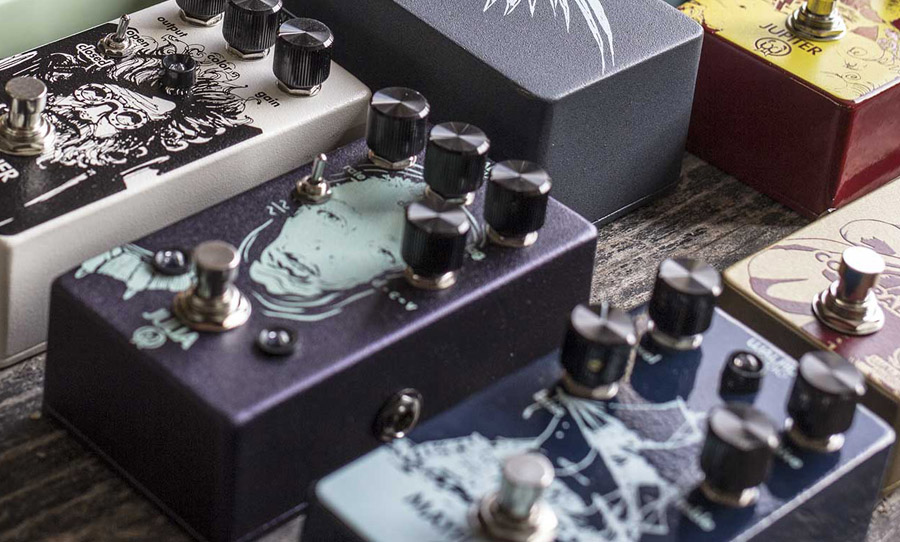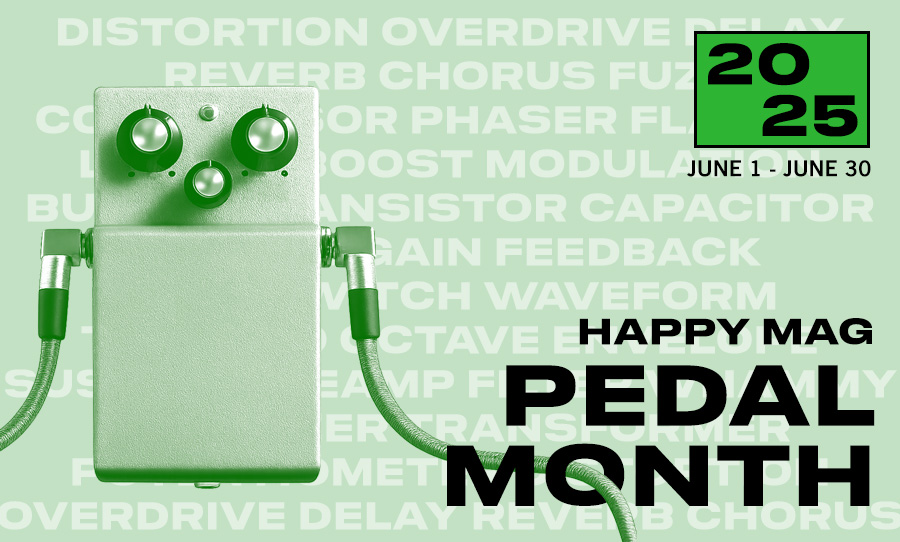Walrus Audio is at the vanguard of an exciting new generation of quality pedals. Let’s check out the company that’s unafraid to venture into uncharted sonic territories.
Based in Oklahoma City, Walrus Audio is one of the finest purveyors of pedal craft around. And while vintage stompboxes continue to attract the attention of many a gearhead, the approach of this company is unashamedly modern — though they may take some inspiration from the classics from time-to-time.
Alongside companies like EarthQuaker Devices, Death by Audio and Strymon, Walrus Audio is a presenting a new future for guitarists by way of introducing them to new sonic possibilities. Let’s take a closer look at the company and some of their excellent stompboxes.

New kid on the block
In an industry where the past is obsessively fetishized (hey, we’re all guilty of that sometimes), Walrus Audio is a decidedly new player. Established in 2011, the company kicked off its journey at the core of guitar tone: the front end.
The Voyager was Walrus Audio’s first release. A simple yet sophisticated device, it’s a preamp/overdrive, which possesses just three controls: Volume, Gain, and Tone. More importantly, however, Walrus Audio laid down a blueprint for its tonal signature: full, warm and rich in overdriven harmonics.
In the early years, the team at Walrus Audio, led by Colt Westbrook, created pedals that harnessed various colours of harmonic distortion. The Deep Six compressor was part of this expanding family, which called on studio classics like the Universal Audio 1176 for inspiration. The Iron Horse distortion offered up thick, punchy overdrive, all the way to raucous crunch.
Spreading its wings
When Walrus Audio launched the 385 Overdrive, it was a harbinger of an ambitious future. Ostensibly, it’s quite a simple stompbox to negotiate — the user is only presented with Volume, Gain, Bass and Treble controls. But the inspiration for the pedal came from the audio section of a vintage Bell and Howell film projector. The company had taken a turn for the unconventional, and it was working.
These days, Walrus Audio is better known for its comprehensive take on effects, offering players a wider palette of tones to interact with. Take the Ages Five-State Overdrive for example: an overdrive with five switchable states of gain to select from, with myriad combinations of soft clipping, compression, and saturation under the hood, and designed to complement any amp or pickup configuration.
Beyond the crunch, the engineers from Walrus Audio have spread into ambient and modulated realms, following their imaginative instincts. In the delay and reverb fields, the company has released especially deep options in the form of its ‘Mako’ series. The R1 Reverb and D1 Delay are studio-grade ambient devices, offering up a huge amount of lo-fi echoes, pristine chambers, endless tails, and everything in between.
Walrus Audio’s take on modulation is also refreshing. Steering clear of traditional categories, its range of modulators explores new possibilities for guitar tone. Take the Kangra Filter Fuzz: sure, it has thick, meaty fuzz in spades, but combines it with a filter for expressive, resonant, ‘synthy’ sweeps. Or the joystick-driven Janus tremolo fuzz. Far from a gimmick, the joysticks give players intuitive control over key parameters of the pedal’s dual personalities.
Though Walrus Audio is only a decade old, they’ve amassed a catalogue of more than two dozen models. The evolution of the company is apparent by perusing its back catalogue, but they haven’t ignored their roots: simple pedals like the Voyager sit comfortably alongside the more adventurous offerings, like the Luminary Quad Octave Generator. What binds this seemingly disparate collection together is the commitment to craft, inspiration, and spirit of adventure. For the sake of all guitarists, let’s hope that this approach doesn’t change.


